I had the distinct pleasure of visiting Essex CC last spring and fondly remember an interesting golf course full of unique holes, features and old-world charm. Thankfully, we had a wonderful day weather wise, and the golf course to ourselves (even our mandatory caddies didn't show!!). Essex dates back to 1893, however, Donald Ross was called in to redesign the course after the advent of the Haskell ball had rendered it obsolete. Ross incorporated two of the existing holes (No. 13 & 16) into his new plans which were realized between 1910-1917. Ross was able to supervise the construction owing to his position as head professional at the club between 1910-1913. In fact, Ross lived in a house immediately adjacent to the 15th tee.
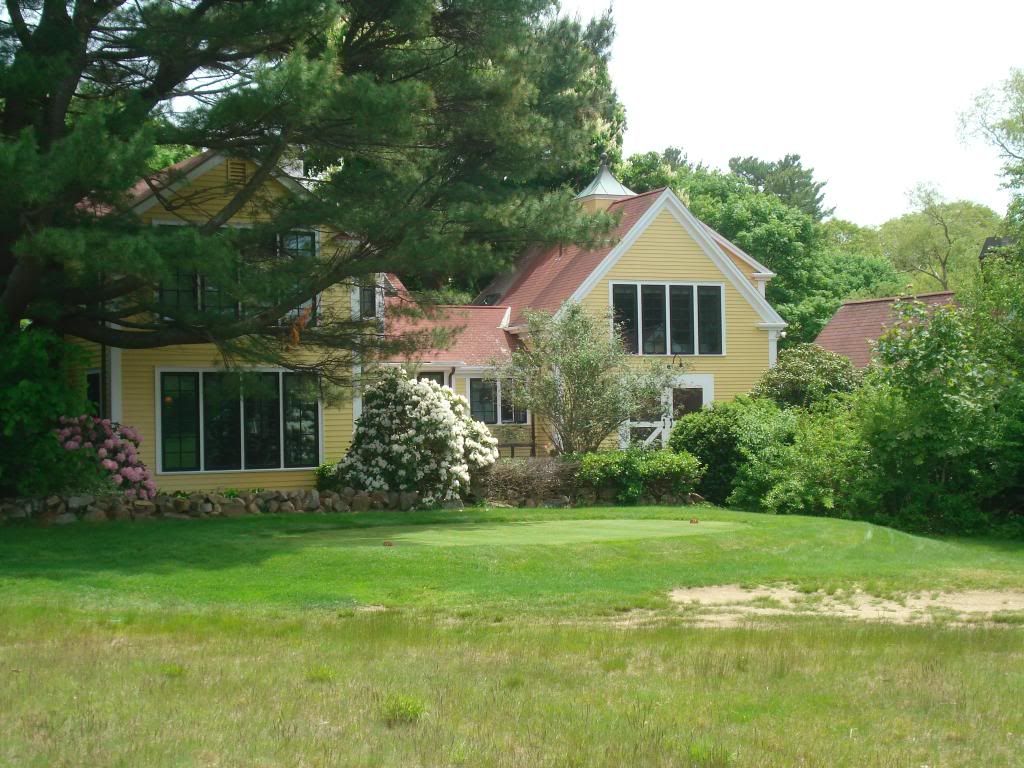
While the appearance of the golf course doesn't scream ROSS, the clever routing is typical Ross genius. The property is irregular in shape and features a massive rock outcropping in the centre. A few of the boldest holes are brave concoctions, although it seems clear that the rocky terrain deserves an assist.
The existing golf course is much the same as Ross left it after a final renovation in 1927, which moved the 17th green slightly downhill from its original location. Finally, in 2002 Renaissance Design re-located the 14th green approximately 25 yards away from the property line to appease a litigious neighbour. In comparing what I saw last year to a photo in Bradley Klein's wonderful "Discovering Donald Ross" it appears all efforts were made to recreate Ross' green in this new location.
I'm not terribly fond of being made to feel upon a stage on the first tee, but thankfully Ross allowed plenty of room in the landing zone to swing freely on No. 1 (Par 4 - 438 yds.). I must admit, the carry from the forward tee over the swampy valley seems a little long and a tough way to start the round.

An interesting group of mounds protects the left side of the green, which sloped rather sharply from back-to-front.

At No. 2 (Par 4 - 338 yards) we see some Ross 'chocolate drop' mounds that are likely were the construction crew buried the many rocks blasted on site to create the golf course.
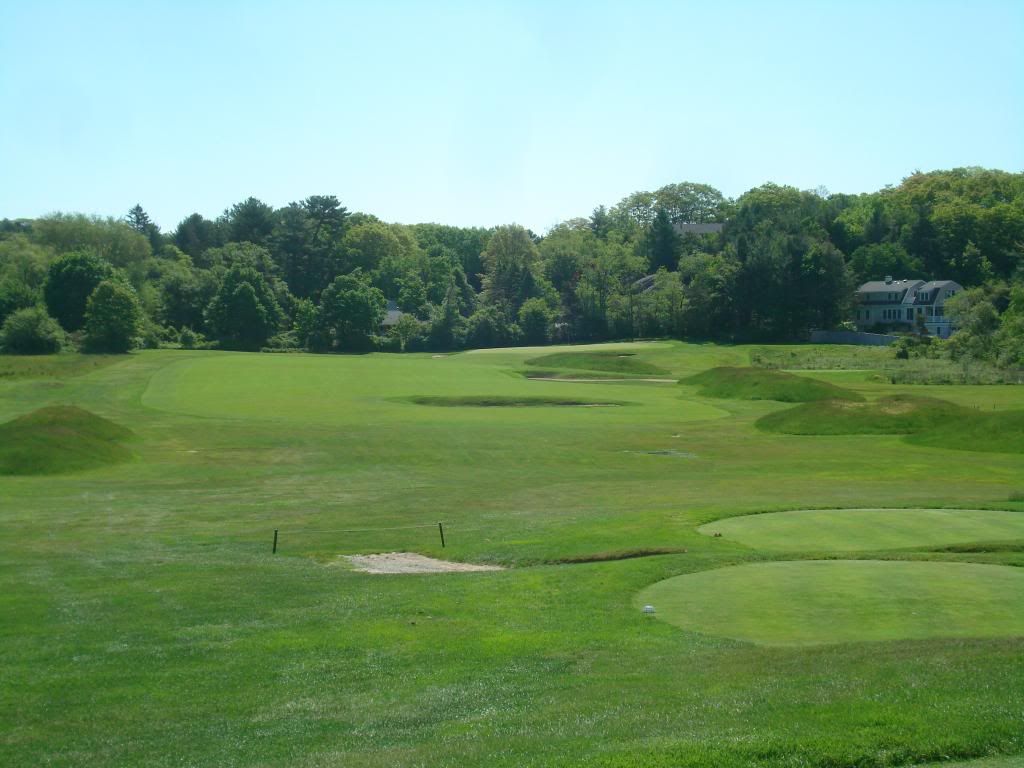
The second green features a spine running down its middle, and approach shots played from the right side of the fairway have the advantage of playing at it more perpendicularly. Being above the hole here is definitely a miscue.
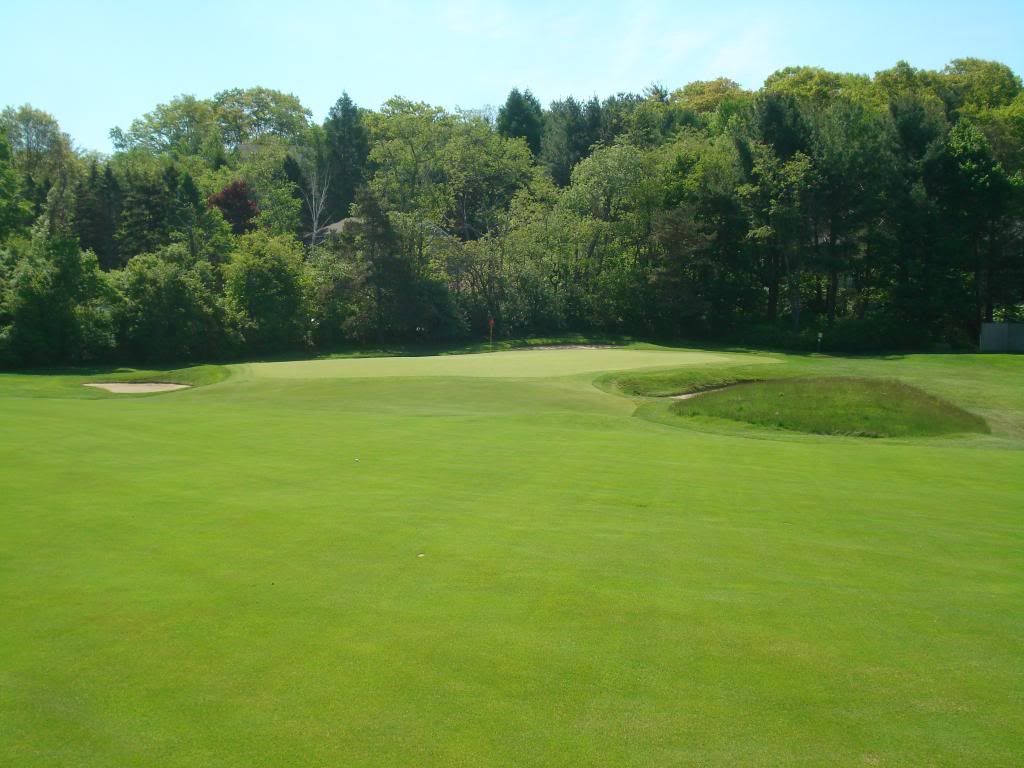
A series of waste bunkers await drives that bail right to avoid the creek that runs down the entire left side of the hole at No. 3 (Par 5 - 623 yards).
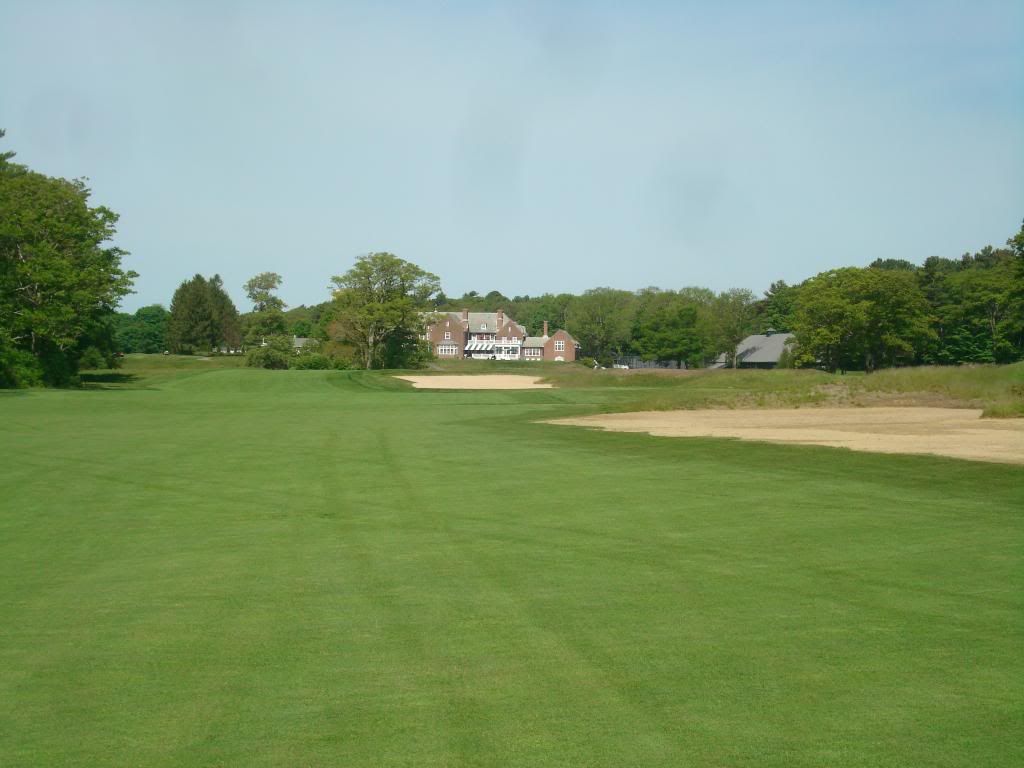
The third green is said to be the oldest in continuous use in the United States, dating back to the original golf course in 1893. Note the thumbprint contour which makes for some interesting putts.
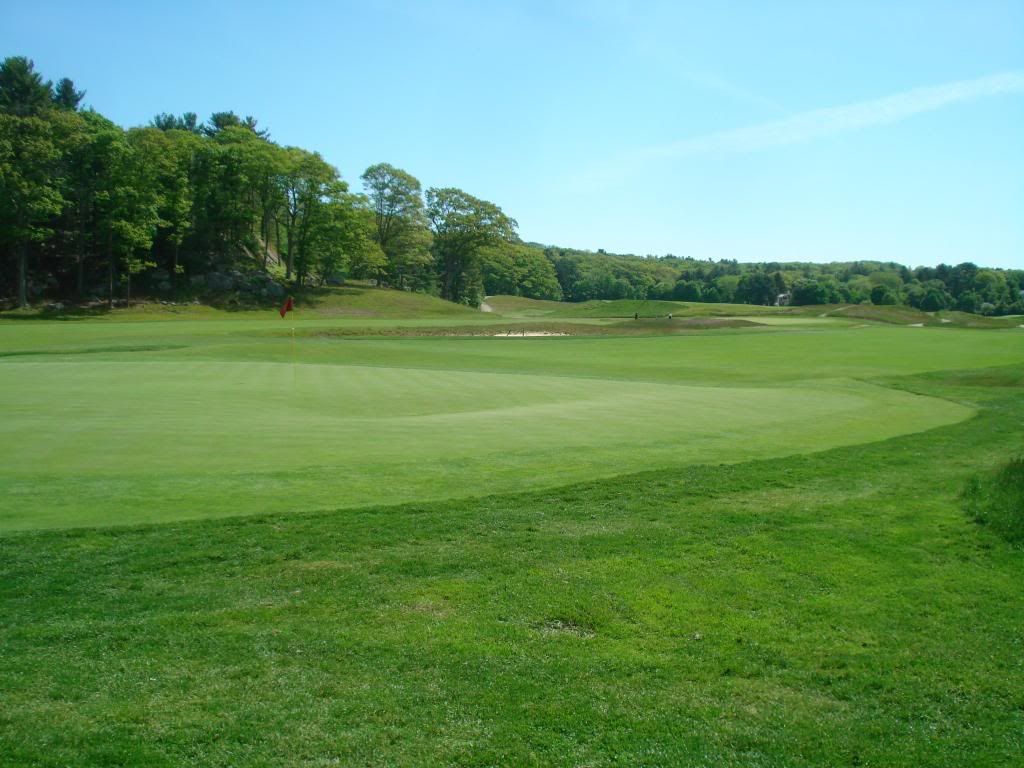
More to come.